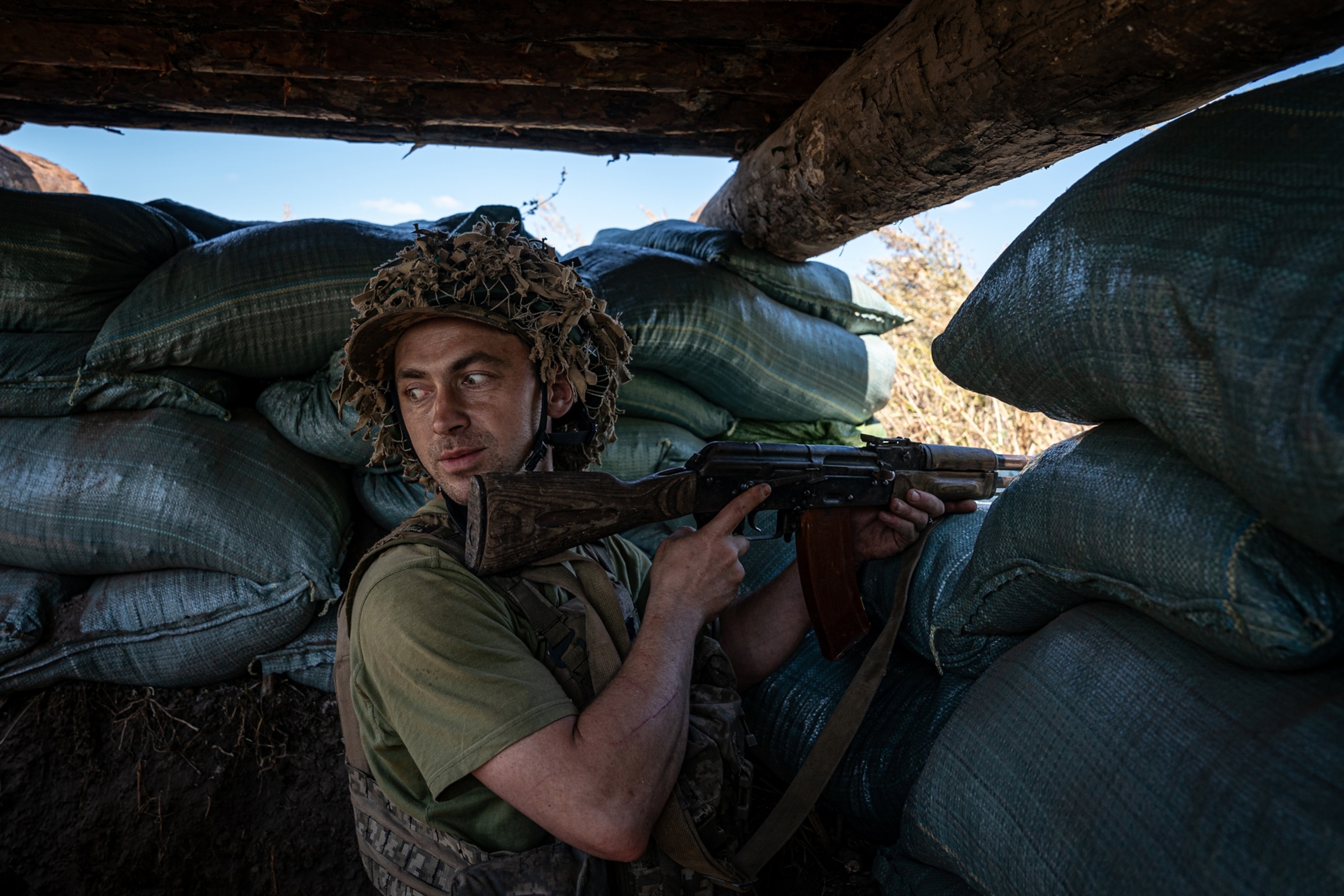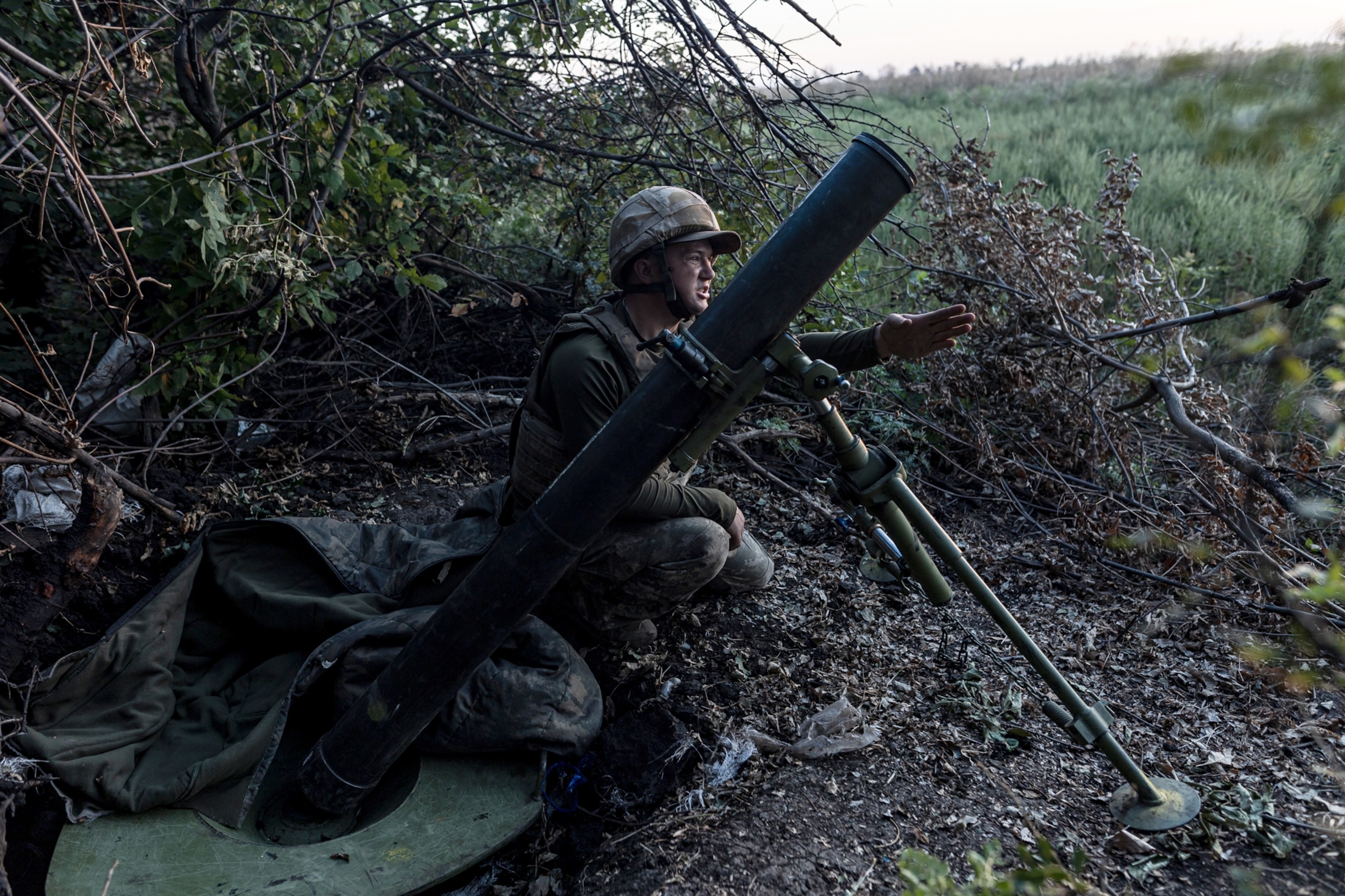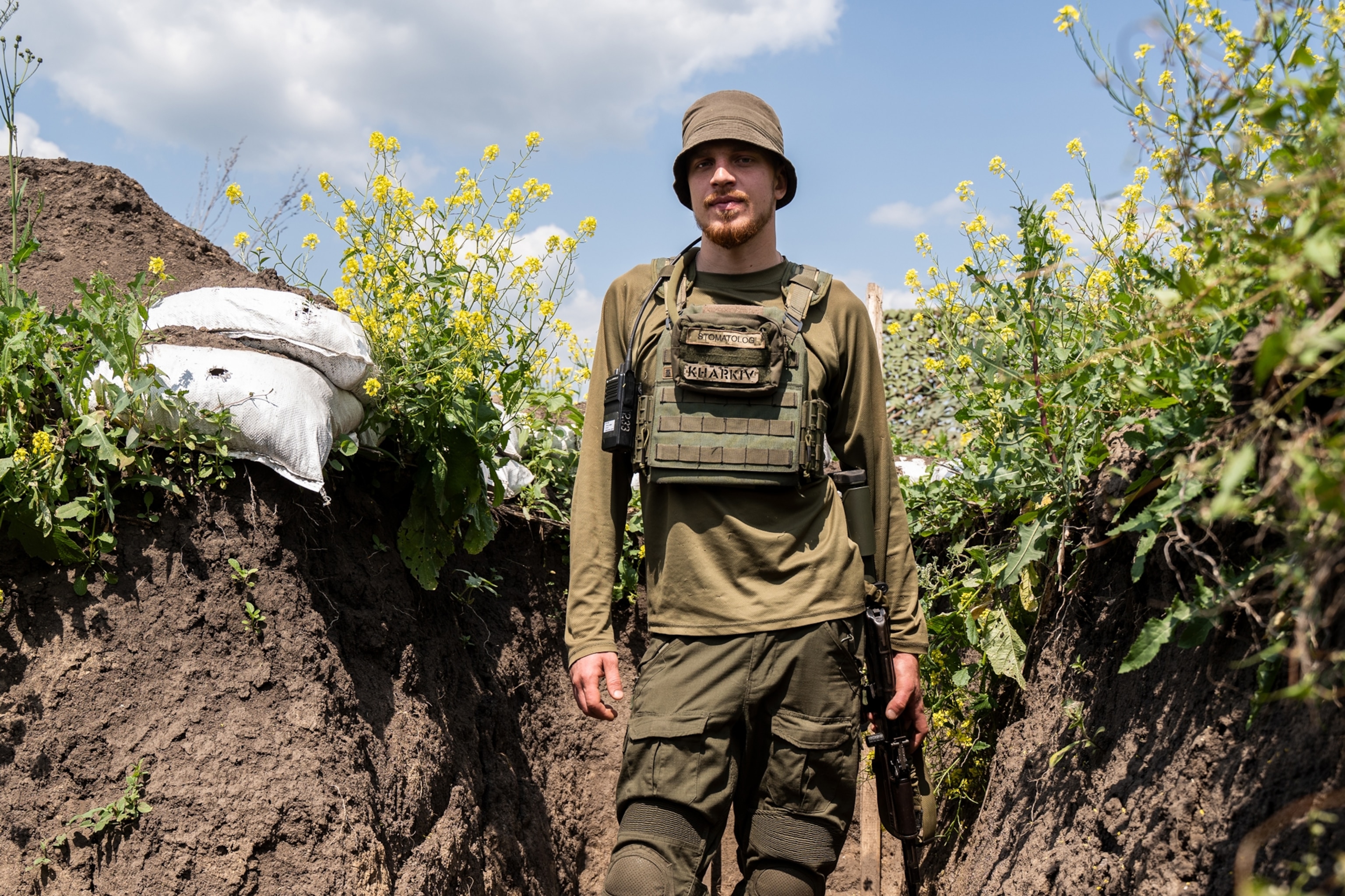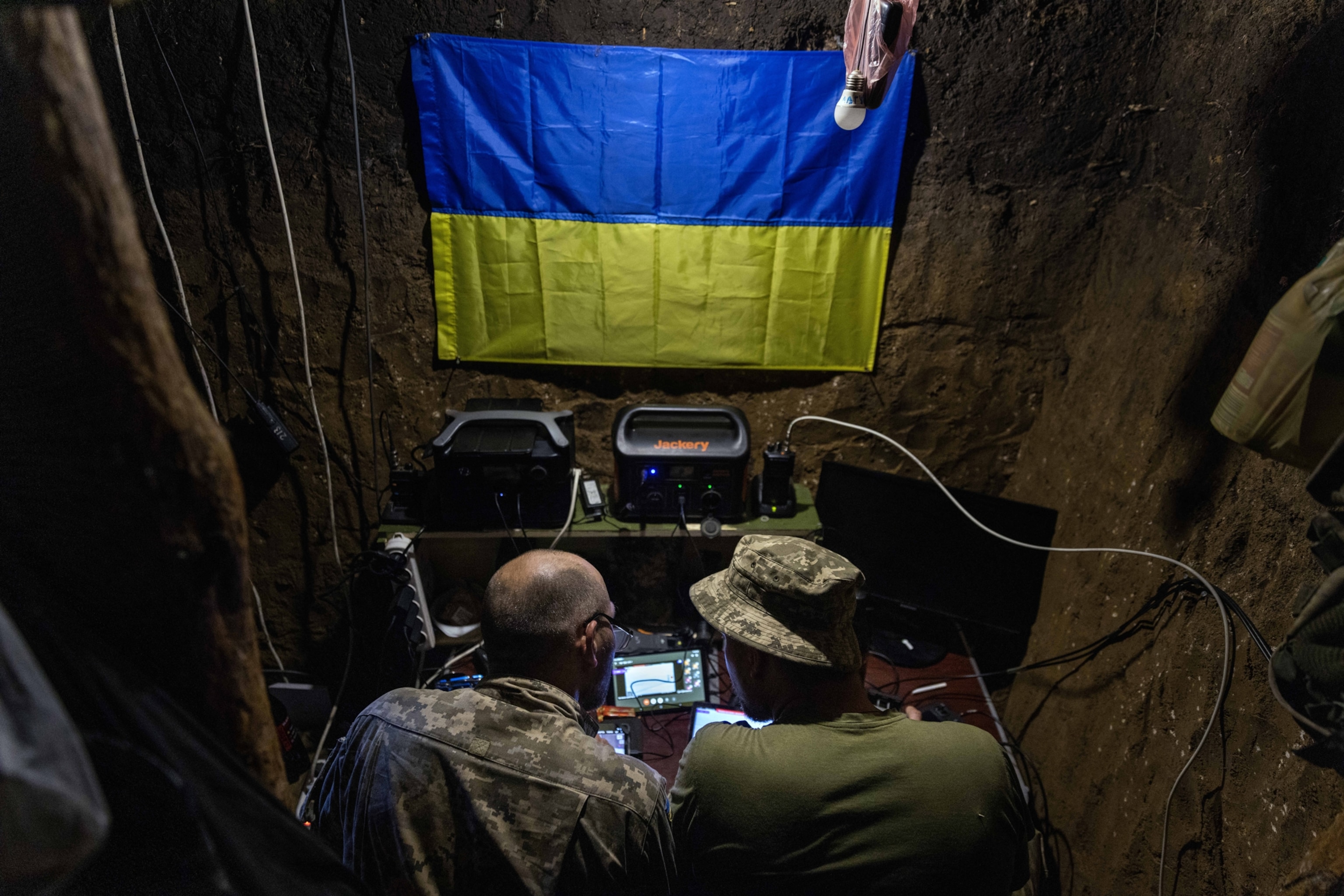Ukraine's slow-going counteroffensive against Russia building momentum: ANALYSIS
U.S. officials, military analysts think Ukraine's effort could lead to gains.
Some U.S. officials and military experts believe that Ukraine's plodding three-month-old counteroffensive may now have gained enough momentum to keep pushing past Russian defensive fortifications in southern Ukraine -- meeting an original goal for the effort that has moved slowly since June.
The progress on the ground is happening as Ukraine is on the verge of receiving new weapons, like 31 M1 Abrams tanks, and as some of its pilots have begun the language training needed to prepare them to fly American-made F-16 fighter jets.
ABC News also reported last week that the Biden administration is also likely to provide Ukraine the long range ATACM missiles, with a range of 190 miles, it has been requesting since last year.
It remains unclear how the new weapons deliveries will change the battlefield, but U.S. officials think it is possible that Ukraine is now poised to make territorial gains in the south past the stronger than expected Russian defensive fortifications that had long stymied Ukraine's counteroffensive.
The key point on the battlefield is near the town of Robotyne in southern Ukraine where a U.S. official told ABC News that Ukrainian forces had used dismounted infantry to get through the first obstacle belt using dismounted infantry whose movement has been enabled by the use of U.S.-provided cluster munitions in large open spaces that have targeted Russian vehicles and trenches.
The official said Ukraine has still not used the bulk of its combat power in the counteroffensive and that Ukrainian combat engineers are now working to broaden the battlefield opening near the town to allow entry for more troops.

In a rare interview last week, Defense Intelligence Agency (DIA) Director of Analysis Trent Maul told The Economist that after reaching Russia's second line of defenses it is a "realistic possibility" that Ukrainian troops will be able to break through all of Russia's defensive lines in southern Ukraine by the end of 2023. Though Maul cautioned that limited ammunition and worsening weather could make this "very difficult."
"Had we had this conversation two weeks ago, I would have been slightly more pessimistic," Maul told The Economist. "Their breakthrough on that second defensive belt … is actually pretty considerable."
In the last two weeks, Ukrainian troops have regained almost a third of the nearly 42 square miles of territory taken back by Russia since the start of Ukraine's counteroffensive according to data compiled by the Institute for the Study of War (ISW), a Washington think tank that has closely monitored the war in Ukraine.
"Penetrating a prepared defensive position like this is incredibly hard and difficult even for the U.S. military," Fred Kagan, the director of the Critical Threats Project at the American Enterprise Institute, told ABC News.
"The Ukrainians are doing it under much more difficult circumstances than we would and this initial penetration is very important," he added.

"You get the feeling that they're about to really get through the main defenses, but I just can't tell for sure, but it feels like we're on the verge of something here in the next few weeks," retired Lt. Gen. Ben Hodges, formerly the top U.S. Army commander in Europe, told ABC News.
For the past three months, Ukraine's troops have been slowed by the vast minefields that Russia laid last winter as the first part of a three layered defense built behind its front lines in southern and eastern Ukraine in anticipation of a Ukrainian counteroffensive. Behind the minefields Russia placed a second line of anti-tank "dragon's teeth" and a third line of defensive trenches manned by thousands of Russian troops being kept in reserve.
The minefields significantly slowed down Ukraine's initial advance of armored vehicles that U.S. and western officials had expected would allow Ukrainian troops to quickly smash past Russian defenses.
The heavy Ukrainian troop and heavy equipment losses led Ukraine's senior military leaders to change their tactics to a more methodical approach spread across various points across the 600 mile front line with Russia.
That switch was at odds with the infantry, armor, and artillery training provided to Ukrainian troops, by U.S. and European militaries, to break through Russian lines with a quick coordinated break at one location that would open the way for a larger Ukrainian force.

Ukraine's slow progress raised doubts among U.S. officials as to whether Ukraine's counteroffensive would ever reach its goal of reaching deep into south Ukraine to sever the land bridge, connecting Crimea with eastern Ukraine, that Russia's military had established last year.
But security analysts monitoring the fighting in Ukraine see the recent battlefield progress as a sign that the tactical switch by Ukraine's military was a more realistic plan given the limitations of Ukraine's military.

"Looking at where the offensive stands today, Ukraine's decision to attrit Russian forces via fires and advance incrementally with small units played to its strengths," Michael Kofman, a senior fellow at the Carnegie Endowment for International Peace, and Rob Lee, a senior fellow at the Foreign Policy Research Institute's Eurasia Program wrote in a recent essay.
"On the Russian side, we see plenty of evidence that they have lost a lot of artillery, their logistics, their headquarters, their own ability to move reserves, has been significantly degraded," Hodges told ABC News.
"And I think that's in large part due to the Ukrainian adaptation to the environment to the situation on the ground," he said.
"I think the Ukrainians quickly realized that they had to focus on degrading Russian artillery versus just … pushing through these enormous minefields," at great cost to lives and vehicles said Hodges.
Hodges believes that Ukraine also adapted by launching long range drone attacks inside Russia that demonstrate that Ukraine's counteroffensive is much more comprehensive than just a land campaign.
While security analysts agree that Ukraine's counteroffensive in the south appears to be building momentum they note that what happens next depends on several factors.

"For Russia, the problem is straightforward," Kofman and Lee wrote in their essay. "The entrenchments matter most if they're manned. If their forces are degraded, and they lack reinforcements, these defenses will slow down but not impede Ukraine's advance. It also depends whether Russia chooses to employ its reserves for counterattacks or to man the multiple lines of defense."
"For Ukraine, the primary challenge is not in breaching Russian lines, but rather doing so with sufficient forces in reserve to exploit that breach toward its objectives," they wrote.
Ukraine will soon receive added firepower to assist in the future phase of the counteroffensive including 31 American-made M1 Abrams tanks that will arrive this fall. But how they will be used will depend on battlefield conditions.
Ahead of its counteroffensive Ukraine received dozens of German-made Leopard tanks and armored vehicles for a large mechanized assault that U.S. and western countries had recommended to Ukraine's military leaders.
The weapons deliveries conjured images of potential large tank battles, but reality on the ground is much different as Ukraine has used its tanks in small numbers mainly to support small numbers of advancing troops.

But the possibility for Ukraine to break past Russia's second layer of defenses could allow Ukraine's armor forces to engage in a rapid maneuver operation that could lead to direct engagements with Russian tanks.
"That is the phase in which you would expect to see Russian tanks maneuvering in the rear to defend against advancing Ukrainian columns, where the Russians don't have simply dug in defensive positions to be potent all the time," Kagan told ABC News.
"The fact that we're not seeing it in his phase doesn't mean that there isn't reason to expect that we will see it coming up," he added.
The approach of winter conditions has led to speculation that Ukraine has to achieve its counteroffensive goals in the next two months, but some analysts believe Ukraine will continue its operations to prevent Russia from rebuilding its personnel and equipment.
"They're going to keep up the pressure. They don't want to give Russia one minute to regroup, to rearm, to give more forces, more conscripts, train," said Hodges. "They're going to keep pressure on them."




